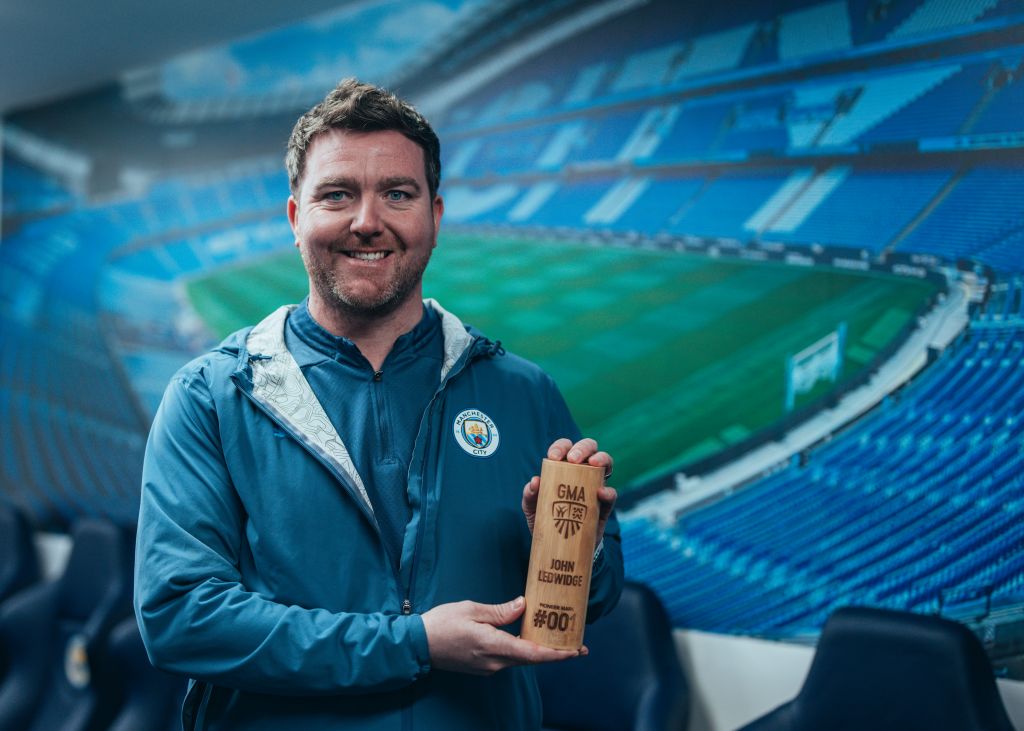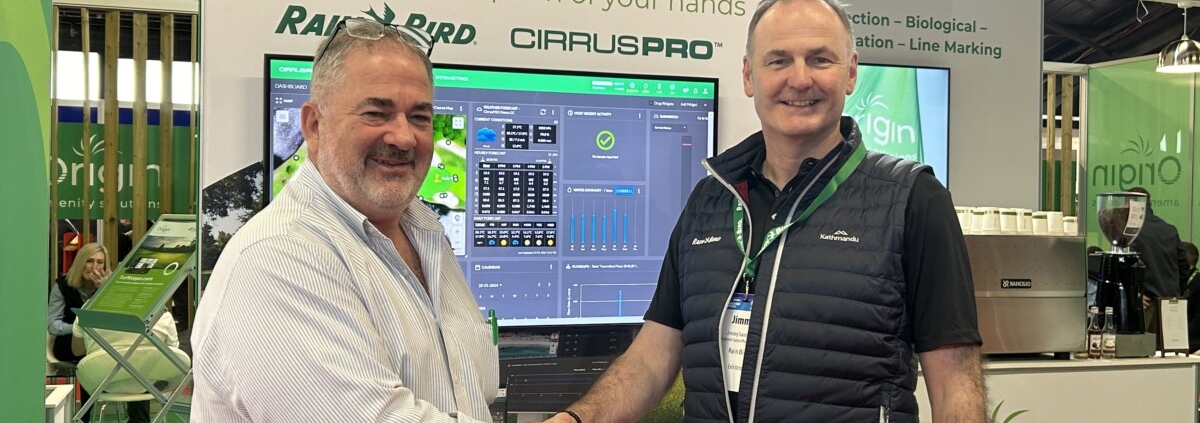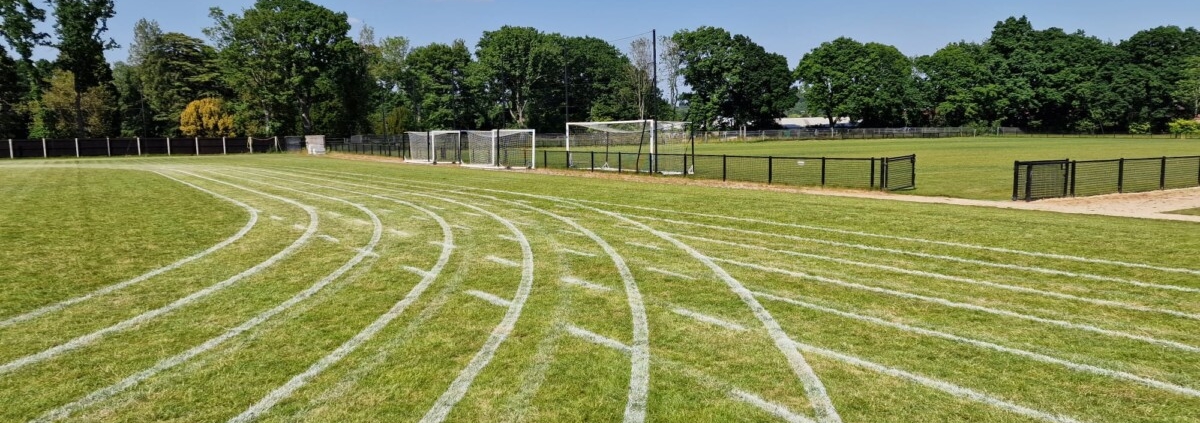Toro, Reesink UK and St Andrews Links Mark a Milestone
Toro, Reesink UK and St Andrews Links Mark a Milestone: Toro, in collaboration with its UK distributor Reesink UK and St Andrews Links Trust, proudly celebrates a 25-year partnership, marking one of the longest-standing formal relationships between Toro and a customer globally.
This enduring collaboration underscores a shared commitment to innovation, sustainability, and excellence in golf course management, helping shape the modern landscape of greenkeeping at the ‘Home of Golf’ and beyond.

Toro, Reesink UK and St Andrews Links Mark a Milestone
A Legacy of Innovation
St Andrews Links has long been a symbol of golf’s heritage, tracing its roots back to the 15th century. It was here that Old Tom Morris was one of the first to revolutionise course care with many new practices including topdressing, the practice of using sand to create smooth greens and teeing grounds, now a fundamental technique worldwide. Building on this legacy, Toro has delivered cutting-edge technologies to support the evolving demands of turf management, from precision irrigation to advanced electric mowing systems.
“St Andrews Links is where tradition meets innovation,” said Amy Dahl, vice president International at The Toro Company. “For 25 years, we’ve had the privilege of supporting their dedication to excellence through trusted equipment, sustainable solutions, and shared values. This milestone represents not just a partnership, but an ongoing legacy of progress.”
James Ralley, Commercial Director at St Andrews Links Trust, said: “We are delighted to be celebrating such a significant milestone with Toro, one of our longest standing partners. Over the past 25 years, Toro has played an important role in the continued development of our greenkeeping practices, allowing us to provide world-class playing conditions across the seven courses here at St Andrews Links. This partnership is one we value greatly, and we look forward to continuing this for years to come.”
Driving Standards in Turf Management Through a Shared Commitment
Over the past two and a half decades, Toro and Reesink UK have supported the Trust with groundbreaking equipment and irrigation systems, helping it remain a benchmark for golf course quality worldwide.
Neil Coulson, CEO at St Andrews Links Trust, said: “As custodians of St Andrews Links, we have a responsibility to not only provide great playing conditions year-round, but to also manage the historic courses in a responsible and environmentally conscious way. For 25 years Toro has been a valued partner in our efforts to implement sustainable practices, particularly in the electrification of our mower fleet and the continued improvement in our irrigation systems. We’re proud of what we’ve achieved together and pleased to celebrate this milestone.”
Alastair Rowell, Managing Director at Reesink UK, added: “We’re proud to play a role in this remarkable journey. This partnership exemplifies the best of what can be achieved when industry leaders come together with a long-term vision and a passion for excellence.”
Looking Ahead
As this milestone is celebrated, all three partners remain focused on what lies ahead. The collaboration between Toro, Reesink UK and St Andrews Links Trust is not just a reflection of the past 25 years—it’s a foundation for continued innovation in sustainable course management and support for the next generation of greenkeepers.
For more information, please visit www.toro.com
For the latest industry news visit turfmatters.co.uk/news
Get all of the big headlines, pictures, opinions and videos on stories that matter to you.
Follow us on Twitter and Instagram for fun, fresh and engaging content.
You can also find us on Facebook for more of your must-see news, features, videos and pictures from Turf Matters.

















